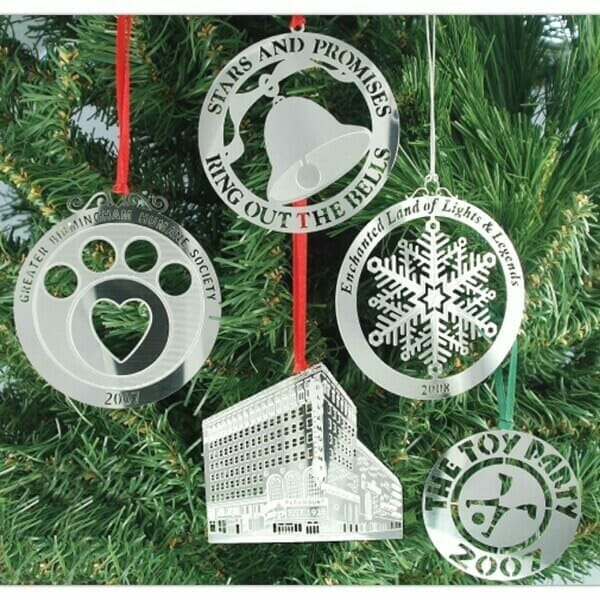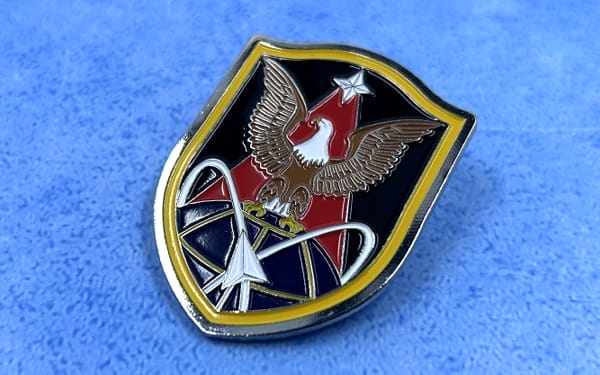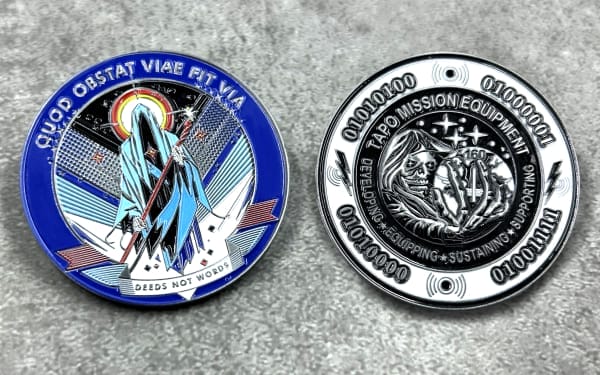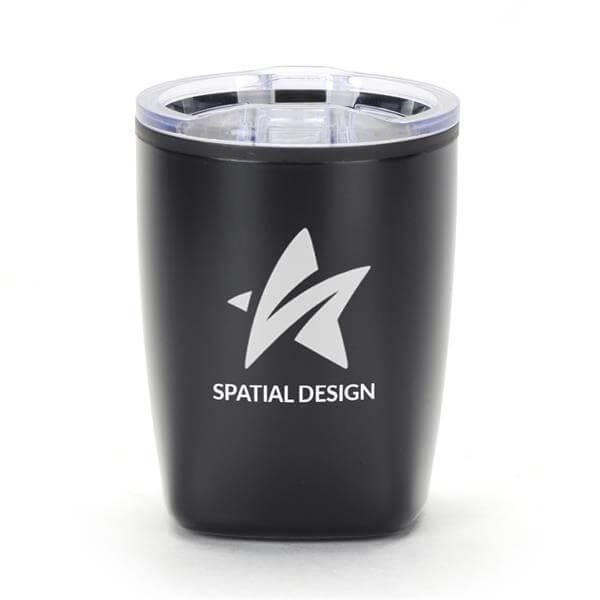Digital vs. Physical Colors: How to Ensure Accurate Color Matching for Custom Patches

Digital Color Versus Physical Color

We see hundreds of amazing custom patch designs on the daily from different schools, businesses, and even individuals just wanting to give fun gifts to friends. Whether clients want their patches to be embroidered, woven, or PVC, we want to be sure the final product is as close as possible to their original design. What clients don’t come in with enough is the understanding that digital designs are nowhere near the same as a physical copy of a custom logo.
HEX Colors
HEX colors are a computer’s named system of color and the most flexible for color options. When using HEX colors, the options are as wide as the rainbow itself. This allows anyone making a custom patch to create their own insanely colorful design. The terminology to keep in mind with HEX colors is as follows:
- RGB (or Red Green and Blue) is used for colors in digital use, like on websites and TV screens
- CMYK (or Cyan, Magenta, Yellow, and Key) is used for colors in physical use like printing on paper or business cards.
- HSV is Hue, Saturation, and Saturation. This is primarily used for identifying a single color on a screen.
- HSL is Hue, Saturation, and Lightness. This is also primarily used for identifying a single color on a screen.
The biggest problem with HEX colors is not all of the colors you can get in HEX actually transfer to a physical color. We can get as close as we can with different variations, but sometimes a color simply does not exist anywhere outside of the digital world.
Pantone Colors
Pantone colors are what you would recognize whenever picking out paint for a house wall. We at Monterey would immediately recognize Pantone colors as a production team since it’s the universally understood color code for creating anything like PVC and metal enamel colors. These colors are not the same in different materials, so it’s essential to make sure that you consider what kind of patch you are creating.
How to Use Pantone For Your Custom Patch
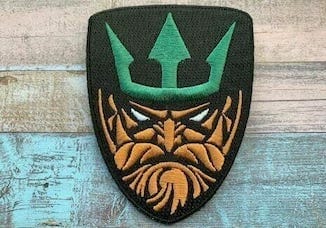
Pantone has a collection of color swatches on their website so that you can select colors that will translate to a physical patch. It’s important to know that there are two indicators on Pantone colors, C and U. Pantone C or coated colors are the color on a coated paper finish. Pantone U or uncoated colors are shown on an uncoated paper finish. Coated colors are more vibrant compared to uncoated and are the most commonly used for picking colors. You can take a look at the options on Pantone’s website.
Madeira Colors
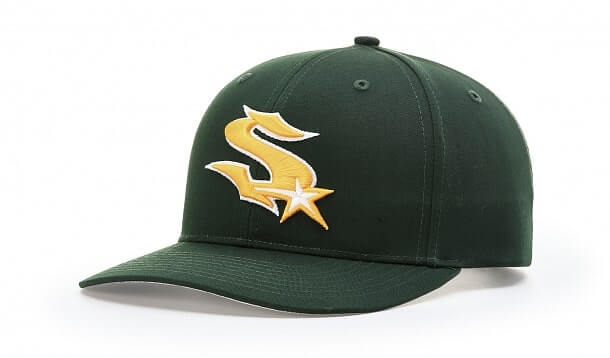
Pantone Colors are great, but what if your design is going to be embroidered directly? You can make an even better choice to take a look at Madeira Colors. Madeira is the brand of threads that we use the most for direct embroidery. It’s the best choice to find colors matching your design for embroidered hats.
How to use Madeira For Your Custom Design
Madeira has a color match to Pantone colors on their website, so as long as you know what color you are using in Pantone you can transfer to the closest equivalent to your design!
How Do I Make Sure My Design Colors Will Work?
Making sure your colors are correct is essential to making a universally loved custom patch. Getting as close to your idea as possible before production starts makes the process even easier!
1. Compare Color Codes
Free online sites are available comparing each different color type mentioned earlier. To get as close as possible to your color, use these online sites to find those Pantone or Madeira equivalents. Production-ready proofs are much easier to send to you if you already know which colors you’re looking for.
2. Compare Computer Screens
Not every computer screen is built to view the same. Therefore, not every screen is going to show your patch the same way. Your logo on one screen looks vastly different on another screen that has a different production. Take a look at your logo on different screens and see if there are any differences.
3. Check Your Settings
The earlier screen issue can make sharing an image between a PC and MAC computer difficult. We don’t know what kind of machine you’re running on. Making sure that your screen is adjusted properly can help assure you that the logo will look right no matter the screen!
4. Keep it Simple
Sometimes less color is better on a design. Simple color focuses on the overall look rather than a complex rainbow. More colors also mean more expenses since we will need more thread/material to get all of the colors you’re looking for. We recommend not having more than ten colors in your final design.
5. Ask for a Physical Sample
If you are still not sure about the chosen colors, ask us for a pre-production sample of your custom patch. We can quote you then send it to you to ensure that the patch is exactly what you’re looking for.
Custom Product Creation Expert
It is a long established fact that a reader will be distracted by the readable content of a page when looking at its layout.
